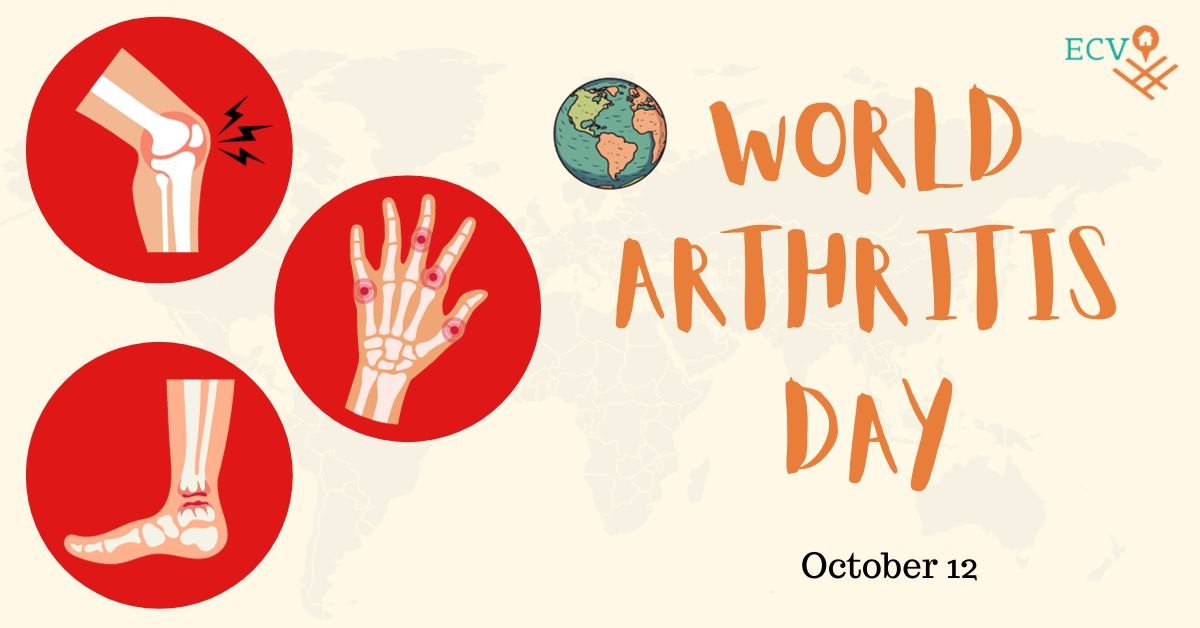The Evolution of Arthritis Treatments: Ancient to Modern Remedies
Since ancient times, people have been aware of the existence of arthritis, a word that covers more than 100 different disorders that affect the joints and tissues around them. Evidence of arthritis and methods to lessen its pain date back thousands of years, from ancient Egyptians to the Chinese. As we celebrate World Arthritis Day we are going to take you on a journey where you will learn the evolution of arthritis treatments from way way back and up to now.
Understanding Arthritis
The term "arthritis" is A generic term for a collection of more than 100 diseases that affect the joints, which are the points where two or more bones meet. These diseases produce inflammation in the joints, which results in pain, swelling, stiffness, and decreased movement of the joints. Any joint in the body can be affected by arthritis, although the knees, hips, hands, and spine are the most frequently affected.
The exact cause of arthritis depends on its specific type. Some common types of arthritis include:
Osteoarthritis (OA): The most common form of arthritis, OA occurs when the protective cartilage that cushions the ends of the bones wears down over time, leading to pain, swelling, and reduced joint mobility.
Rheumatoid Arthritis (RA): An autoimmune disorder where the body's immune system mistakenly attacks the joints, causing inflammation that can eventually result in joint deformities.
Gout: Caused by the deposition of urate crystals in the joint, leading to intense pain and inflammation. This usually happens when there's an excess of uric acid in the blood.
World Arthritis Day
World Arthritis Day was established in 1996 by Arthritis and Rheumatism International (ARI) to raise awareness about arthritis and other rheumatic conditions. Every year, a fresh subject or focus is chosen for World Arthritis Day in order to cover different aspects of living with arthritis and make sure the messages are still current and effective. Previous years' themes have focused on issues such as "It's in your hands, take action" and "Time2Work," emphasizing the value of early diagnosis, treatment, and the difficulties faced by those with arthritis in the workplace.
Evolution of Arthritis Treatments
The discovery and treatments of arthritis evolved throughout the years. Texts from at least 4500 BC contain references to arthritis. Symptoms that resemble those of rheumatoid arthritis are first mentioned in a text from 123 AD. New discoveries even showed that dinosaurs also suffered from arthritis. This discovery shows that joint ailments have been affecting vertebrates for millions of years.
Ancient Civilizations and Arthritis
Ancient Egyptians and Greeks: Ancient practitioners used a variety of mixtures to ease the discomfort of osteoarthritis (OA). Over 2,500 years ago, Egyptian doctors applied balms made from fat, oil, honey, or bone marrow, often mixed with ingredients like flour, baking soda, cumin, and incense. Hippocrates, often referred to as the “Father of Medicine” noted that cold water could alleviate joint swelling and pain, suggesting that a slight numbing effect could reduce discomfort
Ancient China: Traditional Chinese Medicine (TCM) in ancient China classified arthritis-related disorders as "bi syndromes," which were considered to result from environmental factors like wind and cold. TCM employed herbs like clematis root and eucommia bark to treat these problems. Acupuncture, which involves inserting tiny needles into specific body locations, was also used to balance the body's energy and lessen arthritic pain.
Medieval to Renaissance Period Treatments for Arthritis
The understanding of and ways to treat arthritis undergone both continuity with earlier practices and the emergence of new ones during the Medieval and Renaissance eras.
Early Surgical Interventions: As medical knowledge expanded during the Renaissance, early forms of surgical interventions began to emerge. However, these procedures were rudimentary and carried significant risks due to the lack of understanding about infection and the absence of anesthesia.
Balneotherapy: The therapeutic use of baths, known as balneotherapy, gained popularity during these periods, especially in regions with natural hot springs. People believed that soaking in these mineral-rich waters could alleviate joint pain and inflammation.
19th-Century Treatments for Arthritis
The understanding and treatment of arthritis experienced an important paradigm shift in the 19th century, paving the way for modern medical practices.
Beginning of Modern Medicine: In the 1800s, scientists made aspirin from a substance in willow trees. It quickly became popular for treating pain and swelling. A German scientist named Felix Hoffmann made a stable version of it in 1897. Aspirin was one of the first modern medicines for arthritis. This discovery led to more research on similar drugs we use today.
20th-Century Treatments for Arthritis
During the 20th century, many more medications arose to help treat arthritis.
NSAIDs: These are common drugs that many people use to reduce pain and swelling. Think of them like super-strong painkillers.
DMARDs: These are special medicines that don't just treat the pain but also try to stop the disease from getting worse. They help by calming down the body's overactive immune system.
Biologics: These are advanced treatments made from living things, like cells. They work by targeting specific parts of the immune system that cause inflammation.
21st Century Treatments for Arthritis
Gene Therapy: Scientists are looking at ways to change or fix our genes to help treat arthritis. It's like trying to fix a broken part inside our body using our DNA.
Stem Cell Therapy: This is about using special cells, called stem cells, to repair damaged joints. Imagine it as using "magic cells" to heal the body.
Personalized Treatment Plans: Doctors are now trying to give treatments that are specially made for each person. It's like having a custom-made plan just for you, based on your body's needs and genetics.
As of now, there isn't a complete cure for arthritis. However, there are treatments available that can help manage the symptoms, reduce pain, and improve joint function. The goal of these treatments is to help people with arthritis live a more comfortable and active life. Some treatments can also slow down the progression of certain types of arthritis. It's essential for people with arthritis to work closely with their doctors to find a treatment plan that works best for them
Final Thoughts
as we observe World Arthritis Day, it's important to acknowledge the long path toward understanding and treating arthritis, from traditional treatments to modern, cutting-edge medical innovations, This day serves as a reminder of the millions of people who deal with the difficulties of arthritis every day and the significance of ongoing research and awareness.
Let's work together to spread awareness, help those in need, and promote future developments.

